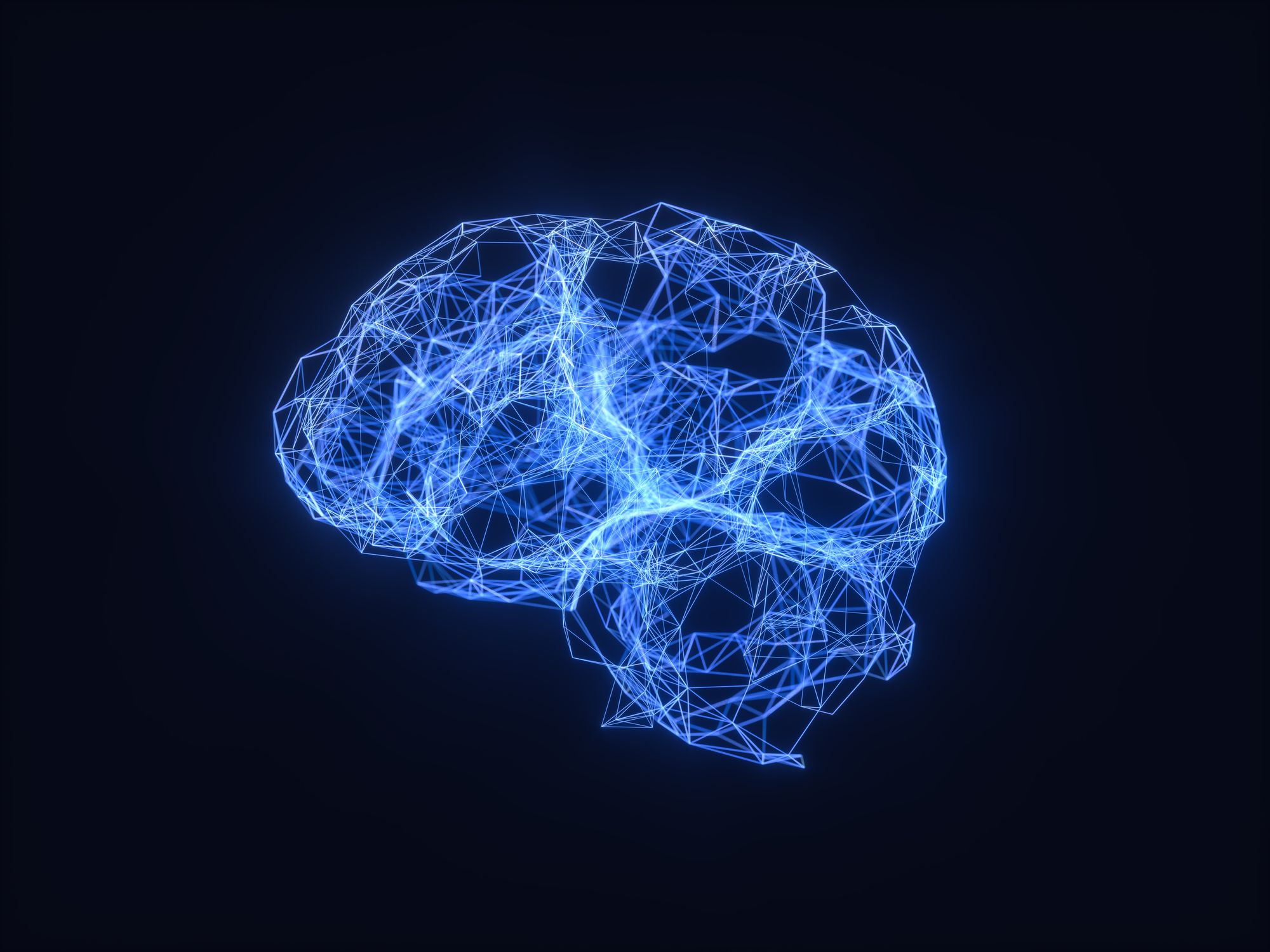Adult mental health: serious mental illness, community, acute and crisis care

Making the case for action
The NHS Long Term Plan reported that mental illness is a leading cause of disability in the UK. Stress, anxiety and depression were the leading causes of lost workdays in 2017/18. The cost of poor mental health to the economy is estimated to be far in excess of what the country gives the NHS to spend on mental health. So, reducing the impact of mental illness could also increase our national income and productivity.
People with severe mental illness face particularly large health inequalities. The life expectancy for people with severe mental illness is 15 to 20 years lower than the general population.
NHS Long Term Plan
The NHS Long Term Plan builds on the objectives of the Five Year Forward View and aims to:
- Test 4-week waiting time standards for adult community health teams.
- Provide new and integrated models of primary and community mental healthcare. This will, by 2023/24, give 370,000 adults with severe mental illnesses greater choice and control over their care, and support them to live well in their communities.
- By 2023/24, a total of 390,000 people each year with serious mental illness will receive a physical health check.
- A total of 55,000 people a year will have access to individual placement and support services.
- The 60% Early Intervention in Psychosis access standard will be maintained. 95% of services will achieve Level 3 NICE concordance.
- There will be 100% coverage of 24/7 age-appropriate crisis care, through NHS 111, including:
- 24/7 CRHT functions for adults, operating in line with best practice by 2020/21 and maintaining coverage to 2023/24.
- 24/7 provision for children and young people that combines crisis assessment, brief response and intensive home treatment functions.
- a range of complementary and alternative crisis services to A&E and admission (including in voluntary community and social enterprises, and local authority-provided services) within all local mental health crisis pathways.
- mental health professionals working in ambulance control rooms and integrated urgent care services, and providing on-the-scene response in line with clinical quality indicators.
- All general hospitals will have mental health liaison services, with 70% meeting the ‘core 24’ standard for adults and older adults.
We’ve published guidance and quality standards to support delivery of the adult mental health objectives, and tools to help with putting it into practice. Our guidance is embedded within various national supporting guidance documents, including the National Collaborating Centre for Mental Health care pathways:
- Implementing the early intervention in psychosis access and waiting time standard guidance.
- Achieving better access to 24/7 urgent and emergency mental health care – part 2: implementing the evidence-based treatment pathway for urgent and emergency liaison mental health services for adults and older adults – guidance.
Many of our guidelines support patients with mental illness in terms of their physical health needs, by increasing early detection and expanding access to evidence-based physical care assessment and healthy behaviour interventions. Details can be found in:


Finding the right information

Our guidelines make evidence-based recommendations on topics ranging from preventing and managing specific conditions to planning broader services and interventions to improve the health of communities. They guide decisions about health and care by practitioners, providers, commissioners, service planners and users, and promote integrated care if appropriate.
The easiest way to find all our guidance on adult mental health services is to use NICE Pathways, which bring everything together in an interactive flowchart.
The main NICE Pathways relevant to adult mental health are:
- psychosis and schizophrenia (includes links to the evidence base on supporting individual placement and support programmes)
- bipolar disorder
- personality disorders
- service user experience in adult mental health services
- coexisting severe mental illness and substance misuse.
Making decisions can be affected by mental health conditions. The NICE Pathway on decision-making and mental capacity provides an overview of the decision-making and mental capacity guideline in an interactive flowchart.
The following video explains how to use NICE Pathways.
How to use NICE Pathways

Using quality standards to make an impact on care and support

Quality standards contain a list of quality statements, each describing a priority area for quality improvement. They include metrics that can be a useful source of key performance indicators or performance metrics for system-wide performance dashboards. They help you identify areas to make high-impact improvements for common mental health problems in adults. See how to use quality standards for more information.
The main quality standards for adult common mental health problems are:
There are 5 quality standards with statements relevant to liaison mental health services, including:
Support for improving quality

We publish a range of tools and resources to help with putting our guidance and quality standards into practice. You can find these on the ‘Tools and resources’ tab for each piece of guidance or standard. They include:
- baseline assessment tools (for all guidelines) and a quality standard service improvement template (for all quality standards) to assess whether your services are in line with our guidelines and quality standards
- shared learning case studies showing how organisations have used the guidance or quality standards in practice.
Shared learning case studies
The shared learning collection contains over 800 case studies showing how organisations around the UK have used NICE guidance and standards to improve the quality of health and social care services.
Examples relevant to early intervention in psychosis and schizophrenia:
- A critical evaluation of the implementation of NICE quality standard 80 in a specialist early intervention service.
- Cognitive behaviour therapy for psychosis can be adapted and implemented for minority ethnic groups: a randomised controlled trial.
- Development of a care pathway for schizophrenia.
- Delivering family interventions - The Meriden Family Programme.
Other case studies cover work relating to serious mental illness and physical health:
- Improving physical health for people with serious mental illness.
- Don't just screen - intervene.
- Improving the physical health of people with serious mental illness: a quality improvement approach.
- Recognising and responding to physical deterioration of patients within a mental health and learning disability NHS foundation trust using a physiological track and trigger system.
- Physical health and VTE risk assessment audit - mental health division (re-audit).
Organisations have also demonstrated using NICE guidance in liaison mental health services:

Improving physical health for people with serious mental illness
Bradford District Care NHS Foundation Trust developed the electronic mental health physical review template within SystmOne, enabling primary care teams to carry out a high-quality, systematic annual physical health check. After implementing the template, the number and quality of annual physical health checks carried out increased, resulting in significantly better-quality outcomes for this client group. The template became part of routine care and is used across all 80 GP practices in the locality. It’s now in use across 129 clinical commissioning groups in England.
Other resources


Digitally enabled therapies
We have endorsed these tools produced by other organisations as supporting implementation of our guidance.
- Competence framework for psychological interventions for people with psychosis and bipolar disorder. This sets out frameworks to deliver effective psychological interventions.
- Positive cardiometabolic health resource. An intervention framework that supports the recommendations on monitoring physical health in the NICE guidelines on psychosis and schizophrenia in adults and psychosis and schizophrenia in young people.
- Family intervention service manual. This supports the recommendations on family intervention in line with NICE guidance.
- Positive and safe. This supports most of the recommendations relating to restrictive interventions in inpatient psychiatric settings in the NICE guideline on violence and aggression.
- The Royal Liverpool and Brompton University Hospitals’ nurse programme competency framework. This supports the recommendations relating to inpatient nursing care from the NICE guideline on violence and aggression.
NICE indicators
We’ve developed a set of outcome indicators for bipolar, schizophrenia and other psychoses.
Indicators can be particularly useful when:
- creating local performance dashboards
- benchmarking performance against national data
- developing local quality improvement schemes.
NICE impact report on mental health
The impact report highlights progress made by the health and care system in implementing NICE guidance. It can be used to inform benchmarking and planning.